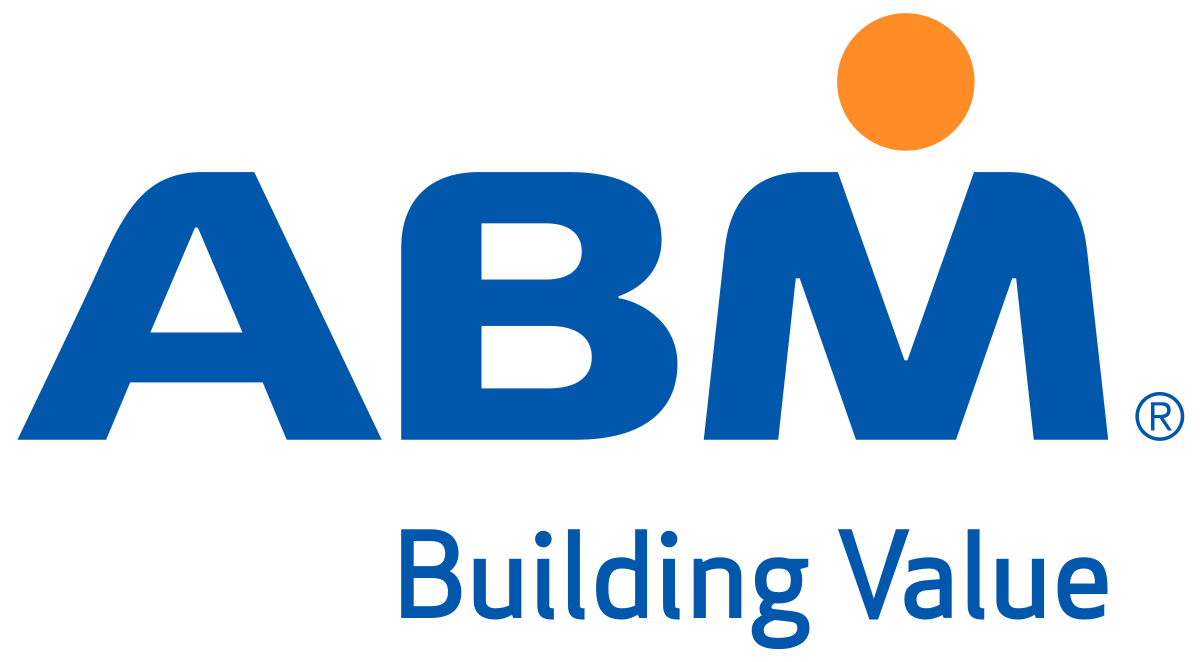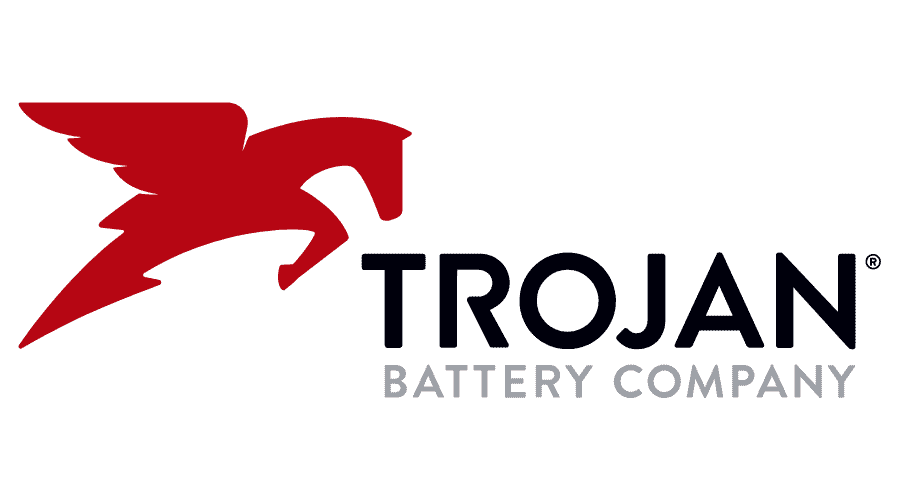April 5, 2004—The Environmental Protection Agency (EPA) has released a report showing that Superfund treatment projects either in progress or completed increased to 791 in 2003 from 629 projects in 2000. The report shows that, unlike traditional Superfund cleanup remedies, newer treatment methods such as bioremediation (the use of living organisms to clean up environmental contaminants) destroy harmful chemicals or change them into less harmful ones. The report also shows that the use of innovative “in situ” remedies (cleanup methods that treat soil and groundwater without having to extract them from the ground) has been increasing.
The study also indicates that more complex approaches have been used in recent years, such as treating both contaminated groundwater and soil at a single site. Over the history of the Superfund program, treatment remedies have been applied to clean up soil or groundwater at 62 percent of sites on the National Priorities List (NPL). In addition, the report documents the application of innovative technologies in Superfund sites to help decision-makers better evaluate the effectiveness of different cleanup options.
Copies of “Treatment Technologies for Site Cleanup: Annual Status Report, Eleventh Edition (EPA 542-R-03-009)” can be downloaded or ordered from EPA. The online version includes new downloadable spreadsheets with the data for several of the key charts and figures in the report. Specific information on each technology application has been incorporated into the on-line technology database, “Annual Status Report Remediation Database.” For more information on treatment and other cleanup methods, read EPA’s “Citizen’s Guides to Cleanup Methods.”




